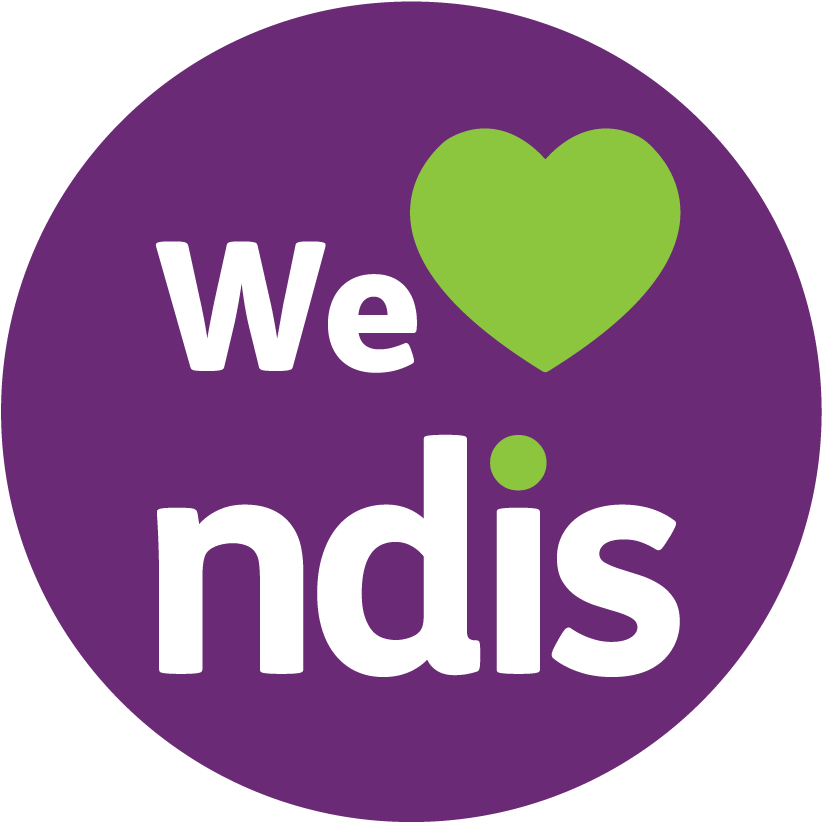Disability support in Australia has undergone significant changes over the decades, reflecting shifts in social perception and legislation. As we continue to advance towards a more inclusive, holistic, and educated system of support, evaluating where we’ve come from – and where we’re going – can inform how we build improvements for the future.
Here’s a snapshot of how disability support and disability home care has evolved in Australia.
The beginnings: institutionalisation and marginalisation
Until the late 20th century, Australia followed a model of institutionalism. Institutions that were often isolated from their broader communities became home for many individuals living with disability.
These institutions didn’t offer individualised support. Instead, they created isolation, marginalisation, and the restriction of autonomy for many residents. There was also societal misunderstanding and stigma, with the wider population lacking education and awareness about the experiences of those living with disability.
Any advocacy movements were often driven by people living with disability and their families. Eventually, this is where the push for transformative change began.
The introduction of community-based care
From the 1970s onwards, a shift in attitudes and practices saw the rise of a community care model. Here, the focus was on integration. It aimed to create connections between people and their wider communities that enabled social connections, and deliver personalised care.
While these transitions had challenges, including logistical complexities and some societal resistance, many gains were made through a community-based care model. Australians living with disability were, for the first time, able to connect with their local communities. This had incredible benefits for autonomy and quality of life.
Signifying the growing awareness and support of people living with disability at an international level, the United Nations declared 1981 as the International Year of Disability. This inspired a lot of positive changes, but there was still a long way to go.
It was against this backdrop in 1982 that a group of people living with disability established Disabled Independent Persons of South Australia (DIPSA). Soon after, in 1983, two key lobbyists formed the Community Independence Association (CIA). CIA’s Board was comprised of people living with disability, birthing the framework of an entirely customer-led organisation. This was a revolutionary concept: members were offered choice and control of their services, empowering people with disability to access a new level of autonomy within their lives long before the NDIS rollout.
The CIA Board applied for funds to create a second organisation, called South Australian Independent Lifestyles (SAIL). SAIL provided in-home support for 15-20 people per year.
In 1990, CIA and SAIL merged, creating Enhanced Lifestyles! We are incredibly proud of our roots and remain member-governed to this day. As an aside, you can learn more about our history, or find out how our membership model works.
Two years later, in 1992, the United Nations nominated 3 December to be International Day of Disability. This is still celebrated today.
The late Deb Clarke, former Chair of the Enhanced Lifestyles Board, recorded a video about the difference made by these important global events. You can watch it here. Aboriginal and Torres Strait Islander peoples are advised that the video contains footage of people who are now deceased.
Key moments in Australia’s legislative history
Societal and cultural shifts were reflected in Australian legislation, demonstrating the changing attitudes and awareness towards disability.
The landmark Disability Services Act of 1986 focused on rights and services for people living with disability. As of February 2023, the Australian Government planned to repeal and replace this act. The Department of Social Services drafted a consultation paper that notes ‘the disability policy landscape has changed markedly since the creation of the Act more than three decades ago. The Australian Government is committed to supporting people with disability, the new Act will provide a basis for continued support and services outside the NDIS for people with disability.’
The Disability Services Act was followed by the Disability Discrimination Act of 1992. This saw discrimination on the basis of disability become unlawful. As noted by the Australian Human Rights Commission, the Act ‘makes it unlawful to discriminate against a person, in many areas of public life, including employment, education, getting or using services, renting or buying a house or unit, and accessing public places, because of their disability.’
This Act extends to individuals with both temporary and permanent disabilities, as well as physical, intellectual, sensory, neurological, learning, and psychosocial disabilities.
In 2007, Australia was one of the first signatories to the United Nations’ Convention on the Rights of Persons with Disabilities and the Optional Protocol. As a signatory, we’re more accountable to the Convention’s obligations. We must also implement its principles through legislation and policy.
The National Disability Strategy 2010-2020 represented the next step forward. This sought to create a holistic approach across the nation for disability-centric policy and programming. It was ‘the first time in Australia’s history that all governments have committed to a unified, national approach to improving the lives of people with disability, their families and carers, and to providing leadership for a community-wide shift in attitudes,’ according to the Department of Social Services.
These legislative changes paved the way for the largest change in Australian disability history to date: the introduction of the NDIS.
The National Disability Insurance Scheme (NDIS)
In 2013, the NDIS was introduced. It represented a revolutionary change in how Australians living with disability accessed integral support. The NDIS saw a move away from a one-size-fits-all approach, emphasising individualised plans and autonomy by placing people in the driver’s seat of their support.
The NDIS was first driven by a grassroots campaign that saw people with disability, community organisations, governments, and advocates collaborating together to realise disability reform in Australia. It was piloted in nine areas across Australia over a 3-year trial period. Now, after much growth, the NDIS supports over half a million Australians living with disability – and counting.
While the implementation of the NDIS has faced challenges, its impact has resulted in a person-centred approach to Australian disability support. A 2021 Outcomes Framework survey demonstrated how the NDIS was improving the lives of participants across all age groups. Here’s what was found:
- 80% of NDIS participants over the age of 25 who’ve spent 4 years in the NDIS reported that the NDIS has helped them to have more choice and control over their lives.
- 85.5% of participants over the age of 25 who’ve spent 4 years in the scheme reported that the NDIS has helped them with their daily living activities.
- 96% of parents whose birth-to-starting-school-age child has spent 3 years in the NDIS reported that the NDIS has helped their child’s development.
Evidence continues to highlight how the introduction of the NDIS significantly impacted the lives of Australians forever. Data also demonstrates the positive impact of the NDIS on participants’ likelihood to be employed in paid jobs and participate in social and community activities.
Conclusion
At Enhanced Lifestyles, we believe the autonomy of individuals living with disability should be at the forefront of their support experience. As a member-governed not-for-profit, our support services are designed using lived experience to offer the highest degree of choice and control.
As Australia continues to evolve its standards of disability support, we remain committed to our vision of an inclusive, welcoming, and respectful society.







